You may have heard of lab-created sapphire while shopping for your next diamond or gemstone. Sapphire is a popular gem due to its beauty and durability. It’s perfect for your engagement ring or a new piece of jewelry. Read on to discover more about what lab created sapphire is and how it is different from natural sapphire.
What Is Sapphire?
Sapphire is a natural gemstone traditionally mined from the Earth. The base of its composition is corundum, a mineral containing aluminum oxide and other elements traces. The name “sapphire” comes from a Latin and Greek word that means blue. Blue sapphire is the most common, but sapphires can also be yellow, purple, orange, or green. Red sapphire, or ruby, has the same corundum base and is part of the sapphire family. It has other minerals that make it red.
Blue sapphire is one of the hardest minerals, making it an ideal stone for jewelry and non-decorative uses. The birthstone for September is sapphire, and it is also the gemstone representing the 45th anniversary.
Where Does Sapphire Come From?
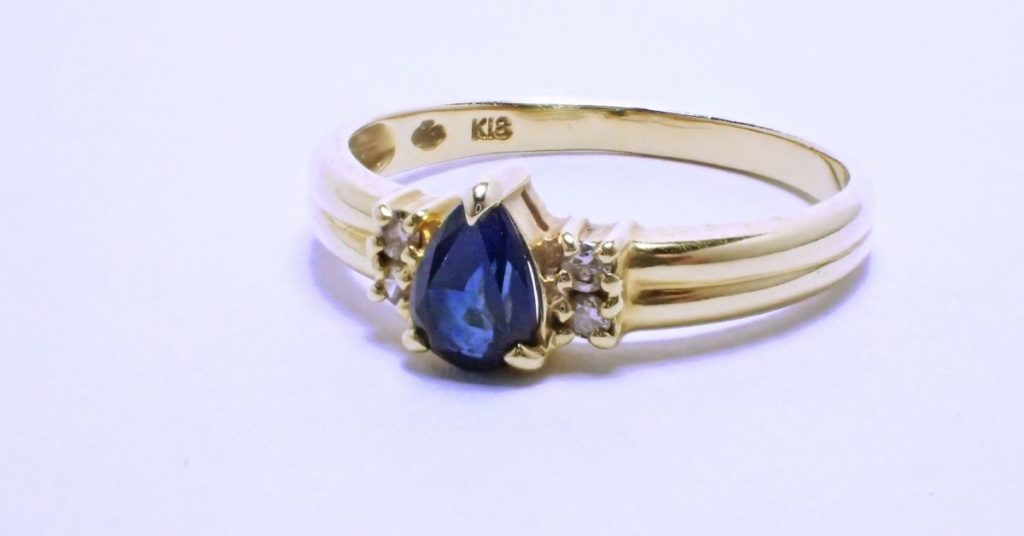
We mine sapphire from the Earth, and they form in deposits ranging from six to eighteen miles underground. Sapphires form when sedimentary rock is subject to intense pressure and high temperatures. Current sapphire mines are located across the globe, with many in South Asian countries like India, Thailand, and Sri Lanka. Other locations such as Pakistan, China, Australia, and the United States have commercial sapphire mines, but there are many more.
Blue sapphires from specific locations that have not been subject to heat-treatment may be worth more on the commercial market for blue sapphires. These mines are located in Myanmar, Sri Lanka, and Kashmir. Some of the most expensive natural sapphires are from Sri Lanka. These mined gemstones set in jewelry are featured in history museums worldwide.
What Is Lab-Created Sapphire?
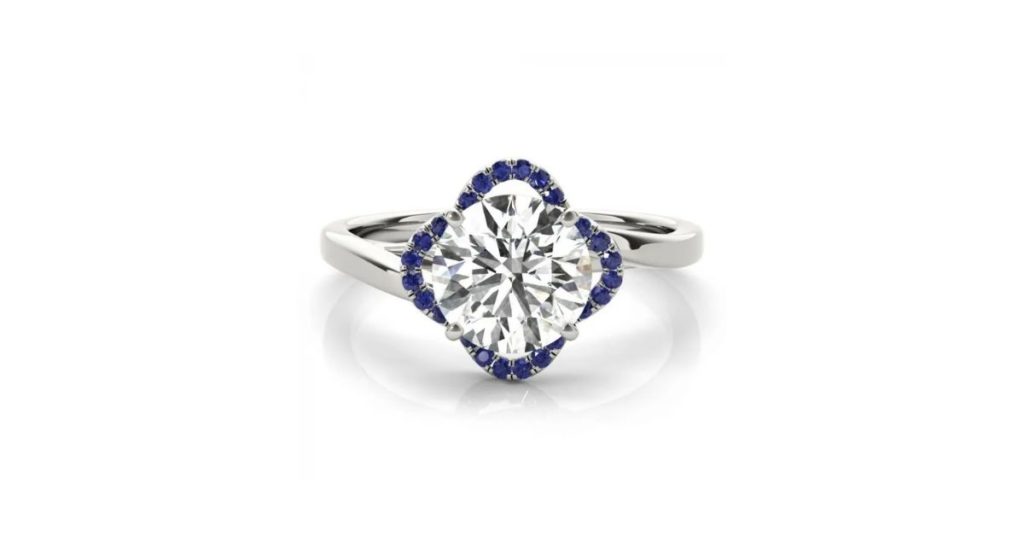
Lab-created gemstones are pretty common on the diamond market, with lab-created diamonds growing in popularity every day. People shopping for an engagement ring or other jewelry can choose synthetic gemstones like lab-created sapphires. A lab-created sapphire is a real sapphire. Don’t let the term synthetic sapphire fool you. It means that the gemstone did not form passively in the Earth. The only difference is that they were created in a laboratory setting instead of mined from the Earth.
Current technology can recreate the conditions needed to form sapphires. It is like a recipe to create a blue sapphire. All someone has to do is follow the recipe, and they get a synthetic sapphire. You need specific laboratory conditions like high temperature and pressure and the right minerals to create the blue sapphires. Once they form, you can cut and polish them just like natural sapphires to turn them into beautiful gemstones.
Blue sapphire created in a lab isn’t a new commodity. Humans produced the first successful synthetic sapphire in the mid-1900s. Since then, scientists have spent time refining and perfecting the processes to make the most of the time and materials necessary.
How Do Lab Grown Sapphires Form?
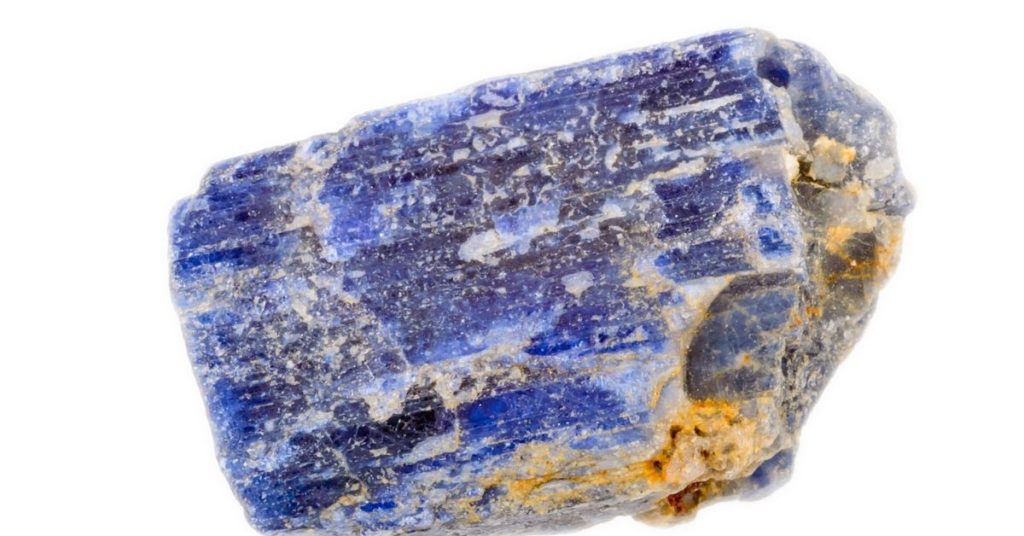
There are a few ways to create lab-grown sapphires. All lab-created gemstones, including lab diamonds, have a specific process to turn the right minerals into beautiful gemstones.
Flame Fusion
Flame fusion is a process of melting aluminum oxide, the primary mineral in sapphire. The powder forms into a cone shape that melts and starts the crystal growth during this process. It eventually creates a teardrop shade. To change the hue and outcome of the stone, scientists add different minerals to the aluminum oxide. While blue sapphire is most common, they form other colors, too. For example, adding chromium will produce a ruby. Lab-created gemstones with this method are relatively inexpensive and easier to obtain. This process is faster, leading to a shorter wait between creating the gemstone and putting it on the market for customers.
Hydrothermal Synthesis
Another method is hydrothermal synthesis. This creates synthetic gemstones but is more intense, and therefore the gems produced by this method are of higher quality and more expensive. The process involves growing crystals in a sealed environment under high temperature and pressure. It can take months for the gem to form, and it more closely resembles a natural sapphire.
Natural Sapphire Versus Lab Created Sapphire
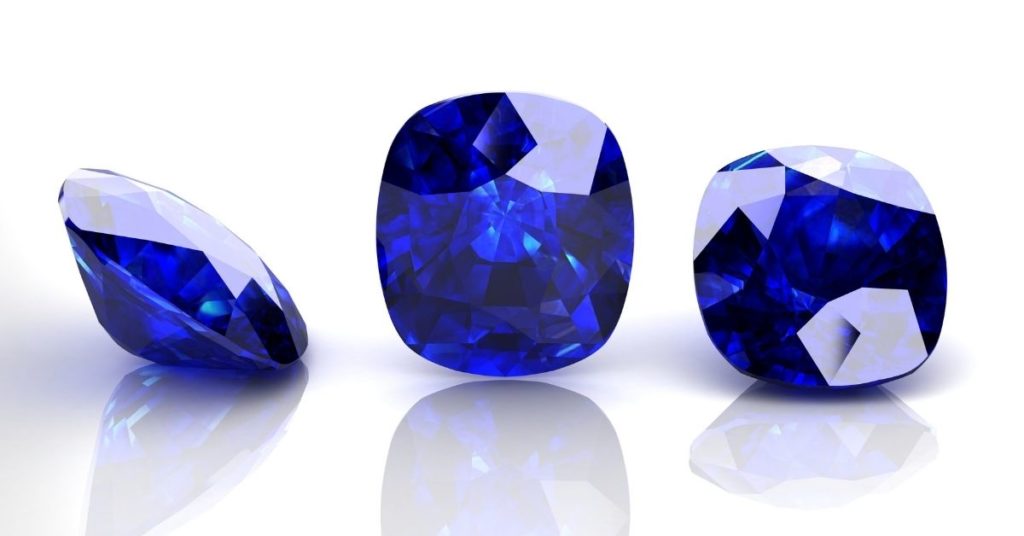
Natural sapphire is created from particular conditions underground. After they are formed, we must mine, cut, and polish the gems for jewelry like your engagement ring. Lab-created sapphire looks just like the real thing. Just like natural sapphire, we have to cut and polish them. The blue sapphire is eye clean and has no visible differences.
Rarity
There are only so many sapphire mines on the Earth, limiting the availability of these natural gemstones. This makes them rarer and more sought after. Synthetic sapphires do not have the same limited quantity because they can be created in a lab.
Color
Lab-created sapphires will be pure blue. Natural sapphires can have color varieties like green-blue or violet-blue. Labs create sapphires in various shades, so you can choose how light or dark the gem is when purchasing one.
Price
Because natural gemstones are rarer than lab-created ones, they can be more expensive. But, the pricing of gemstones is very complex and varies based on various characteristics and quality of the gem. For sapphires, the location where it was mined may affect the price.
Lab-created sapphires are less expensive because they are more common and easily found. They don’t require an intensive mining process and have fewer shipping costs associated with them. Getting the blue sapphire to the consumer is a much easier task, making them more affordable for people on a budget.
You can expect to pay way more for a natural sapphire with limited flaws. Lab-grown sapphires can be less expensive and have fewer inclusions than natural sapphires.
Environmental Impact

Many do not think about the process that goes into creating their precious gemstone and getting it from a mine to their possession. There are a lot of factors that go into this process, many of which have significant effects on the environment.
Mining for Natural Sapphire
The environmental impact of mining gemstones is enormous. The Earth has to be drilled into, and much of the rock that doesn’t bear gemstones is removed and displaced. This can disrupt ecosystems and hurt the natural environment.
People who work in the mines are at risk of casualty. No matter what precautions are taken, it is a dangerous job. People who live in areas around mines are also affected by the mining of natural stones. It can cause pollution and deforestation and disrupt wildlife.
Lab-Created Sapphires
There are fewer environmental impacts of synthetic sapphires compared with mined gemstones. Lab-created sapphire does not disturb the land, and there is no risk of injury to people who create lab-grown sapphires. This makes it an excellent choice for someone who cares about the environmental impact of mining gemstones and wants to source their jewelry ethically.
Why Choose Lab-Grown Sapphire?
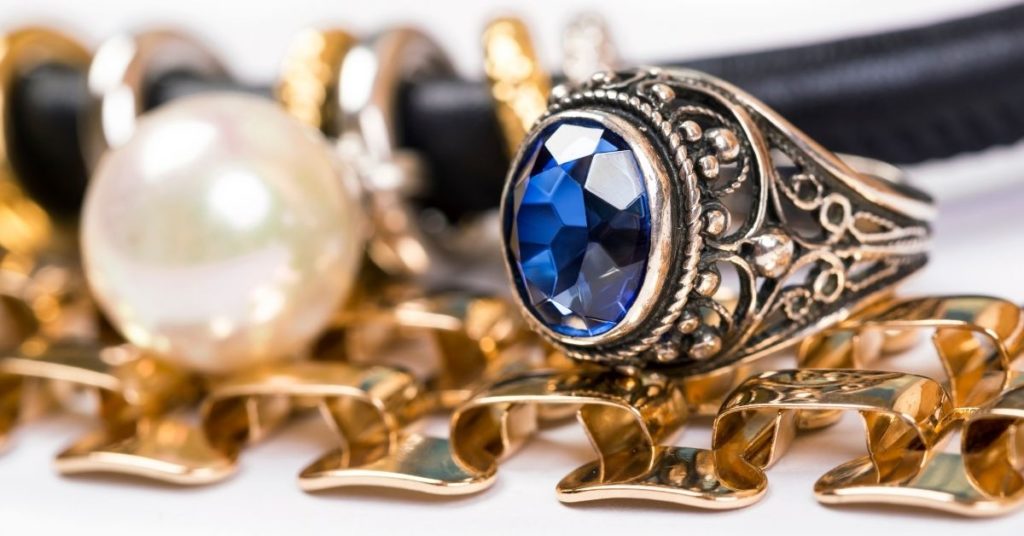
Lab-grown sapphires are more ethical and can be significantly cheaper than mined sapphires. This makes them affordable and a feasible gem for an engagement ring or your next anniversary gift. Blue sapphire is a beautiful gemstone, and we encourage you to check out Clean Origin’s selection of sapphire engagement rings for your special someone.
Liked this post; here’s another.



